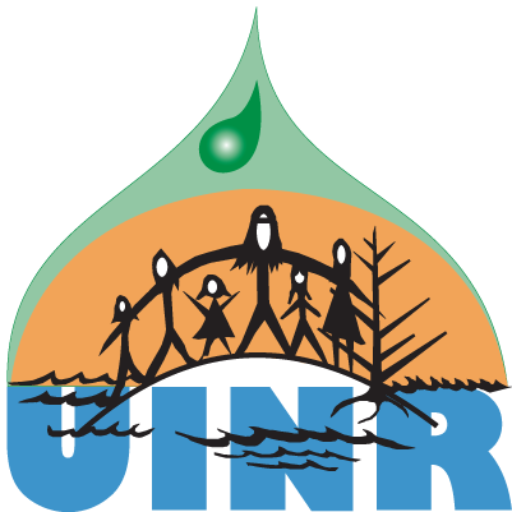 The current moose population in Inverness and Victoria Counties is estimated at a healthy 5,000 with a possible high of 7,000 moose. A project using radio collars that emit signals back to researchers allow the tracking of moose to determine their population, migration patterns and the general movement of the moose population. This research project has been ongoing for the past five years and is a cooperative project between UINR, Parks Canada (Cape Breton Highland National Park), and the Department of Natural Resources.
The current moose population in Inverness and Victoria Counties is estimated at a healthy 5,000 with a possible high of 7,000 moose. A project using radio collars that emit signals back to researchers allow the tracking of moose to determine their population, migration patterns and the general movement of the moose population. This research project has been ongoing for the past five years and is a cooperative project between UINR, Parks Canada (Cape Breton Highland National Park), and the Department of Natural Resources.
Although the population is healthy, some scientists predict a drop in the herd’s population in the next few years. A quick look at the animal’s past reveals that in Cape Breton the moose was extinct in Northern Cape Breton in the late 1800’s. While there is much speculation on the reason for their extinction and theories abound, no one can be sure why this happened. This ongoing study might shed some light on understanding and recognizing patterns that could lead to the moose’s demise.
The project has already collected 5 years of information and is now entering an analysis stage where researchers will process and put together the diverse pieces of data.
Next June in Baddeck the group will host the 42nd North American Moose Conference and Workshops. This annual workshop offers information about moose and their shared habitat. Biologists that are on the cutting edge of new information that benefits moose, moose habitat and other wildlife will share their knowledge and research. It is expected that findings from the UINR study will be presented at this important conference.
